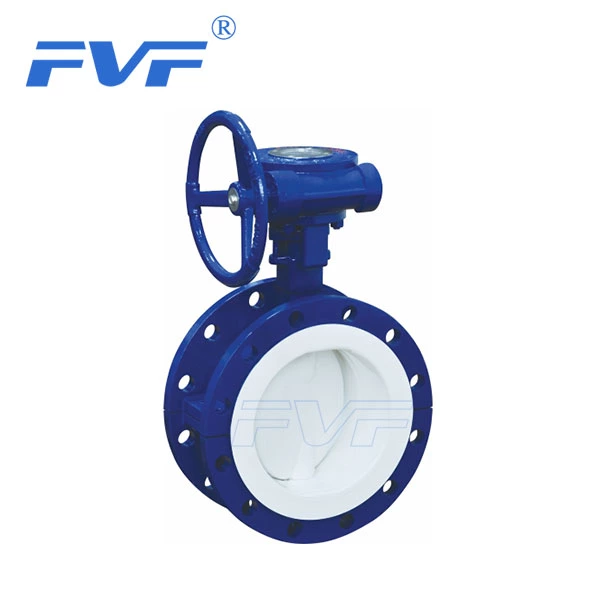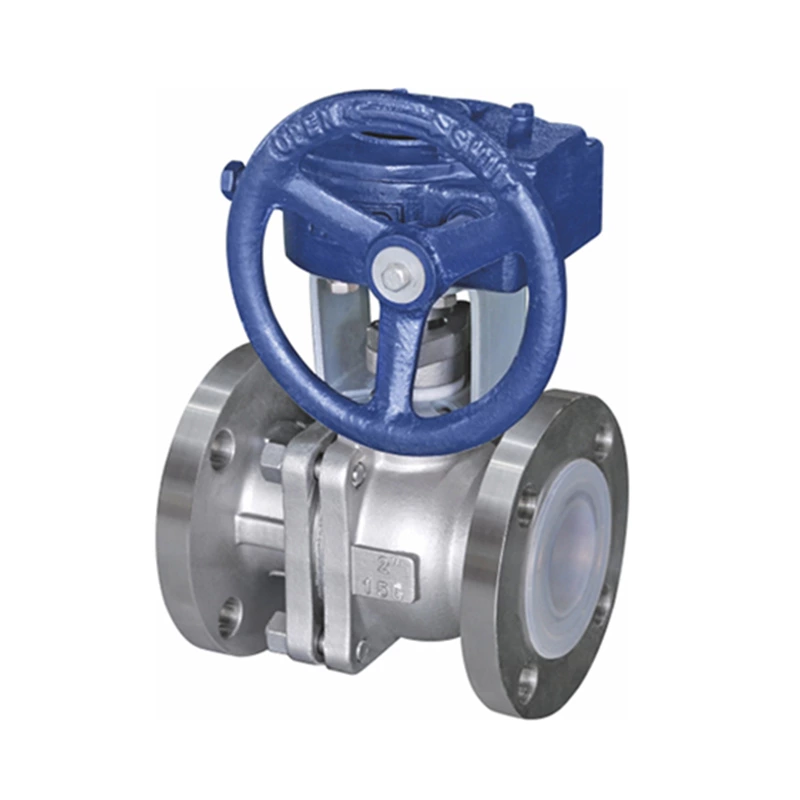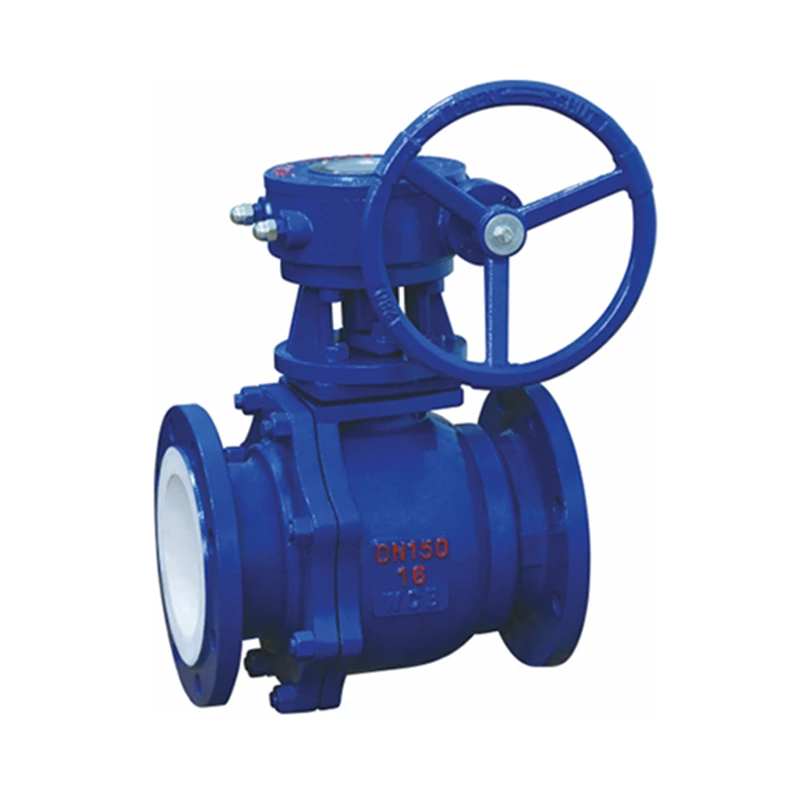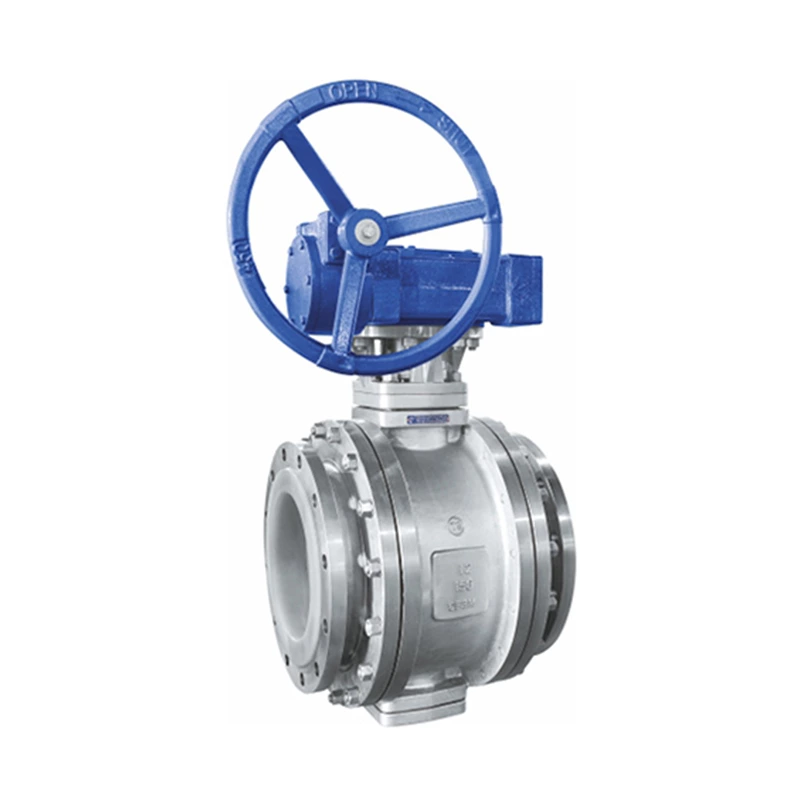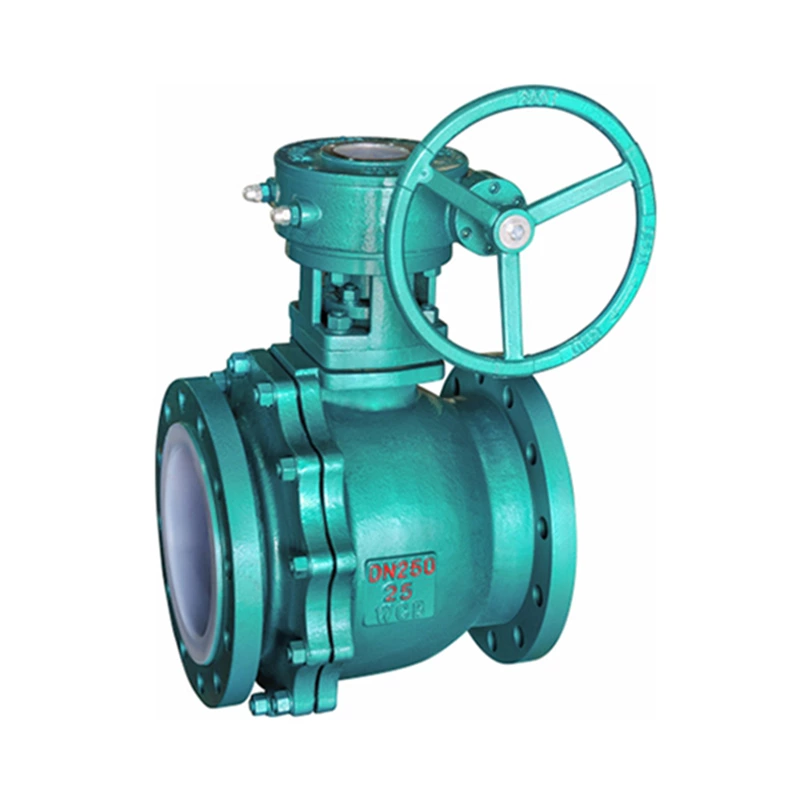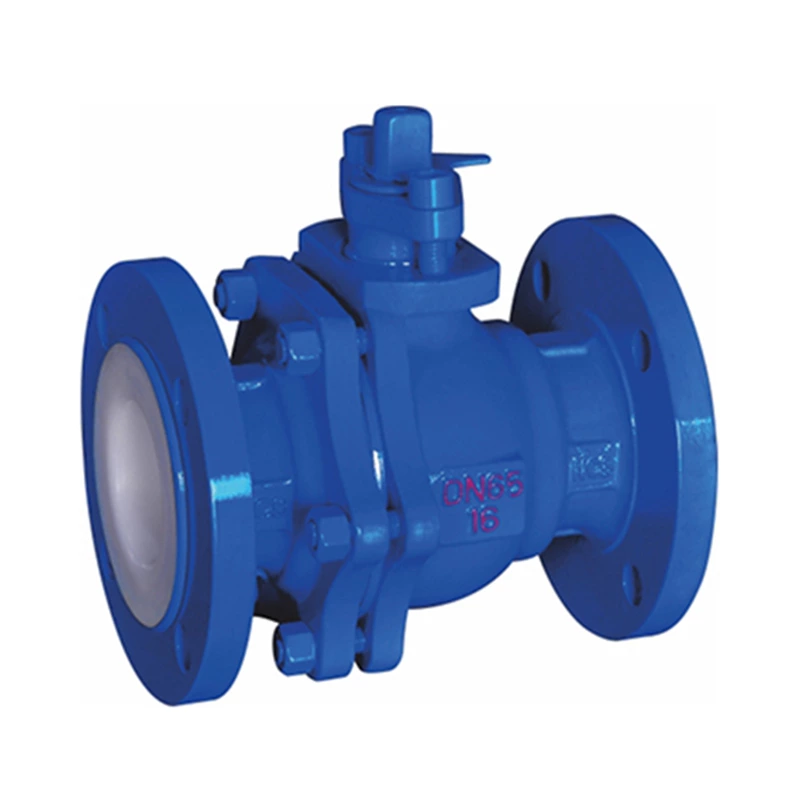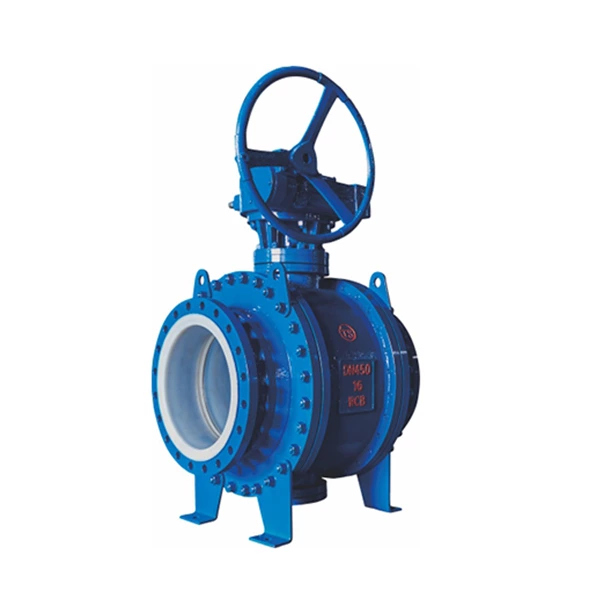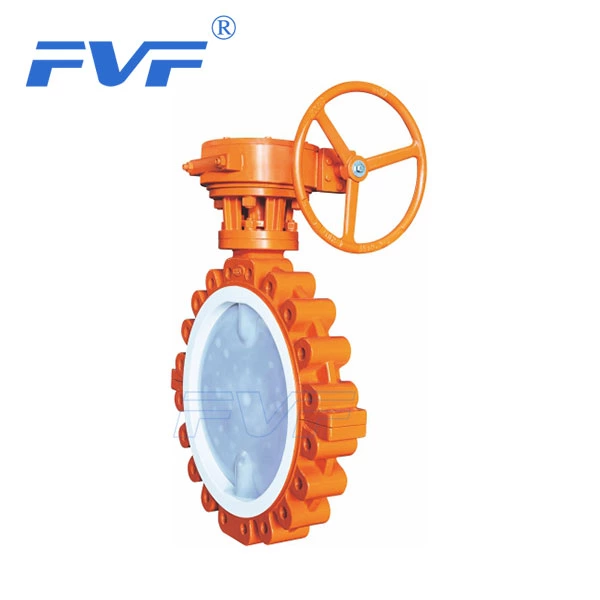How To Distinguish The Quality Of Wafer-type Fluorine-lined Butterfly Valves
In recent decades, Lined Butterfly Valve has been widely used in industrial pipeline systems with a nominal diameter of more than 50mm due to its relatively small size, light weight, compact structure, convenient and quick switching, easy installation and corrosion resistance. However, some problems have also been found in actual engineering applications. The following are some opinions on the selection and installation of wafer-type fluorine fep lined butterfly valve.
At present, many manufacturers have introduced tetrafluoroethylene as the sealing material for the valve seat of wafer-type fluorine lined butterfly. This material is wear-resistant and high-temperature resistant, but its disadvantage is that when the sealing ring is cold, it will shrink and expand when it is hot, resulting in butterfly valve leakage, loose closure, and difficulty in opening and closing. However, most domestic manufacturers have solved this problem, but some manufacturers have not been able to really solve it. Therefore, when selecting wafer-type fluorine lining butterfly, attention should be paid to whether the corresponding indicators are qualified.
It should also be noted that many users currently lack the ability to identify the fluorine-lined materials used in wafer-type fluorine teflon coated butterfly valve, and lack corresponding detection and analysis methods. In this case, to prevent recycled fluorine ptfe lined butterfly valve from entering the construction market, you can use appearance inspection as a preliminary check: if the appearance is rough, dull and dark, it is suspected to be recycled fluorine plastic. If necessary, strict inspection should be carried out.
